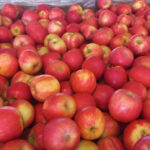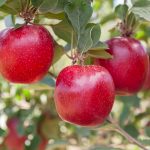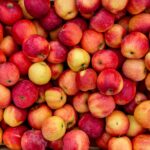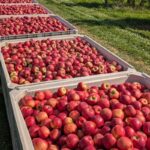Stemilt leads U.S. return to Japanese apple market after long absence

The Washington State shipper wants to bring selection and choice to a market that's had "the same old apple varieties served to their customers for the last 30 years". 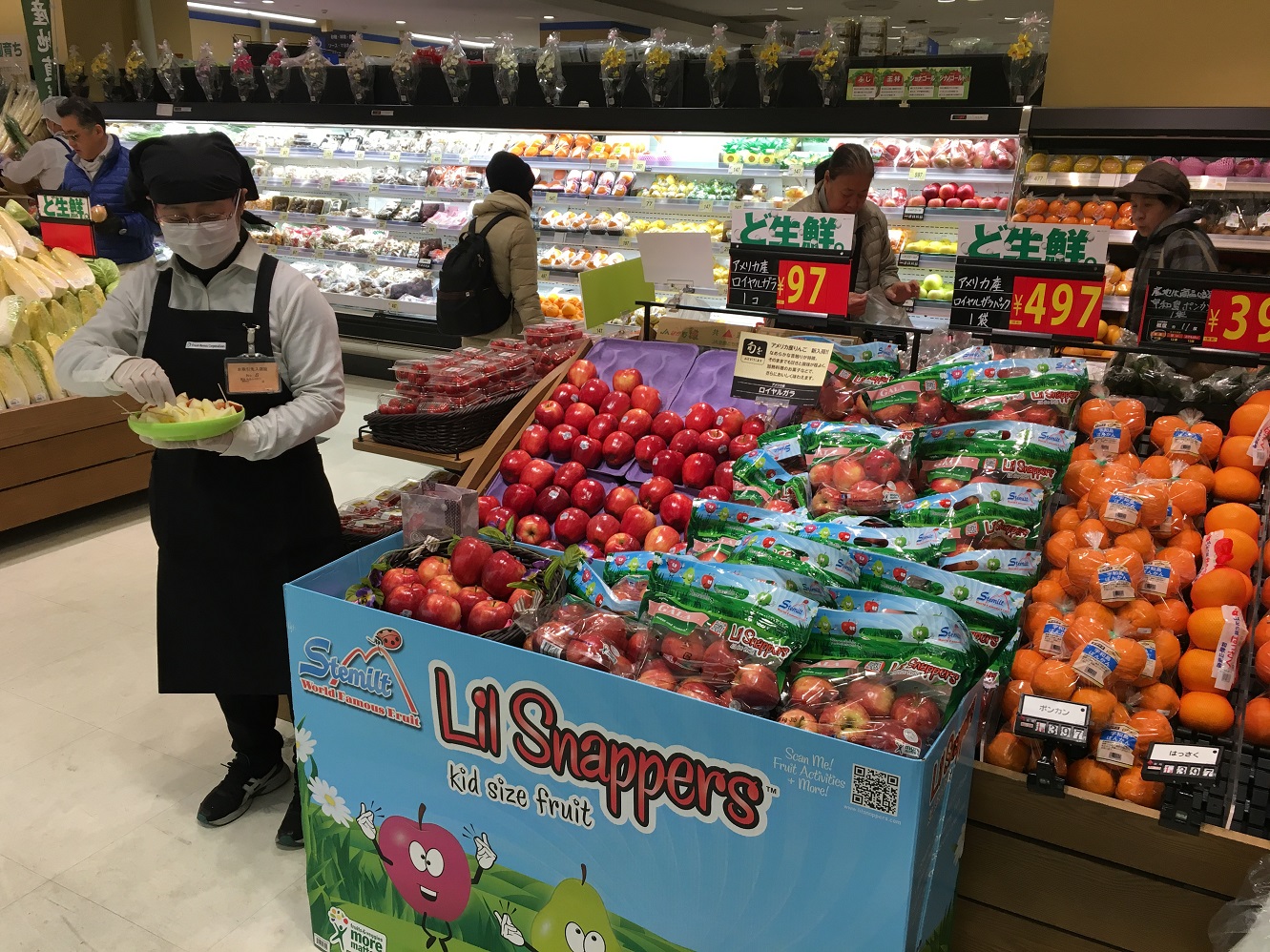
With a work plan that requires 55 days in cold storage, methyl bromide treatment and almost two weeks on the water, it is no surprise that exporters struggled to break the Japanese fresh apple market two decades ago.
But in the words of British novelist L. P. Hartley, "The past is a foreign country: they do things differently there."
The work plan remains the same but varieties and storage technologies have changed dramatically since then, prompting Wenatchee-based Stemilt Growers to have another crack.
"I was one of the first shippers at the time – I was working for a different company and we worked hard on that protocol for 10 years to get into Japan," says export sales manager Dave Martin, who pitched the idea to Stemilt CEO West Mathison a couple of years ago and is now running the new program.
"At the time we came in with older variety apples – Red Delicious, Golden Delicious; even apples like Royal Gala and Fuji were new back then and they weren’t even in commercial production.
"We went in there with really strong force and we learned a lot in terms of what wasn’t going to work."
Tom Mathison, the company founder and West Mathison's grandfather, was also involved in the state's first apple export endeavors in Japan. While that didn't work out, Stemilt was one of the first U.S. companies to start shipping cherries into the market.
With that deal continuing to this day, Martin says Stemilt's management has kept a certain "fondness" for the Japanese market and a desire to one day return with apples once new varieties and technologies could make it plausible.
"We spent a couple of years doing some testing here on our storage methodologies and fumigation protocols, and then heading into this crop West made a decision to put some of his own assets behind it," Martin says.
"I have to say in terms of the company this is significant financial investment or risk, depending on how you want to put it, putting 70,000-80,000 boxes into a program with no guarantee of getting something out of it."
He says the first arrivals were in the final week of January and most of the retail partners had Stemilt's apples on the shelves by the first week of February. With some fruit still undergoing cold treatment now, the final deliveries won't land in Japan until late April or early May. 
The program has included the variety Royal Gala, Fuji, Pink Lady and Stemilt's exclusive variety Piñata, as well as a few sample pallets of Honeycrisp.
"Royal Gala was the largest portion of what we shipped and we did that because we know Royal Gala was an apple where we could hit a price point that was incredibly friendly to the consumer, so it sold well," he says.
"I think we’re finding the newer varieties like Pink Lady and Piñata have great interest," he adds.
Japan has a population of around 127 million people according to 2013 estimates, yet its apple cultivar offering has been limited.
"It’s still a good market in Japan that has had nothing but the same old apple varieties served to their customers for the last 30 years," he says.
"If you go to Japan you get your choice of apple A, B or C and that’s it. And as a result their apple sales in their categories are stagnant if not declining – in most cases you’d find they’re declining – and there’s very little appeal to the younger generation of consumers over there."
He says the market is dominated by Fuji, and the other cultivars available are usually a mix of Jonagold, Mutsu, Oorin and Shinano Gold.
"If you go to the large Japanese retailers' stores in Southeast Asia you’ll likely find 7-10 apple varieties on their shelves in the stores, but if you go to their stores in Japan you find four," he says.
"So they’re encouraged by the fact they could now potentially over the next few years expand their apple category to offer 7-10 apple varieties in Japan. Will it work? We don’t know, but that’s the idea that’s driving this," he says, adding the deal will be helped by the fact New Zealand has also been exporting new varieties to the market in the counterseason.
"We want to come into the market and start trying to introduce some of the new varieties that are here in the United States and globally, and we want to bring selection and choice into the market."
He says that's not going to be easy because Japan has a very traditional culture, but like anywhere in the world "selection and choice and variety helps increase sales". 
"It’s as we expected - it’s not going to be incredibly simple to change behavior by the consumers, but the apples have sold and are continuing to sell I can tell you at least two of the main retailers we’ve worked with have said count us in for next year and count us in for an increased amount. That’s a positive.
"The customers we’re working with over there realize this is not a two or three year project – this is a five to 10 year project."
The United States Department of Agriculture (USDA) has reported the last shipments to Japan were 15 years ago but Martin believes that is a registration issue.
"The last trickle of Washington apples that went in there really was in 96," he says
Could more companies join the initiative?
"We’ll have to see where it goes as to when and where any other Washington shippers might jump in but right now, we’re committed to it and we’re going to see how it goes for the next few years," says Martin.
Northwest Horticultural Council (NHC) president Mark Powers visited Japan in late February, meeting with importers and retailers to see their reaction to the new produce on their shelves.
"I wasn’t there very long so I only saw a couple of stores, but the fruit that I saw and tasted was very good," he says.
He highlights food is expensive in the East Asian country while wages have stagnated, so consumers and retailers alike are looking for better price points to be able to increase fruit and vegetable consumption.
One path to this outcome is through imports.
"New Zealand is obviously shipping apples into Japan and other origins are shipping different fruits and vegetables there, so while overall consumption of fruits and vegetables in Japan is declining, import volume is increasing.
"That doesn’t change the fact that the Japanese consumer is still very loyal to domestically produced fruits and vegetables, but they are also interested in trying new varieties, new fruits and vegetables, and are increasingly price sensitive."
After seeing Stemilt's fruit in the market, would Powers encourage other Washington State exporters to do the same?
"It’s a firm-specific decision. I am optimistic – if people call up and ask what I observed, I would give them an optimistic assessment but what I can’t give them is a dollars and cents assessment.
"As a trade association we’d love to see everybody shipping to Japan and shipping more product over there, but the reality is that’s still a very risky business I think, and it’s a business that requires a long-term perspective.
"I would encourage people to look at it; I wouldn't tell people to write it off. Our apple growers are often times cherry growers, and we’ve been shipping cherries to Japan for many years so they have the relationships with importers there."

















